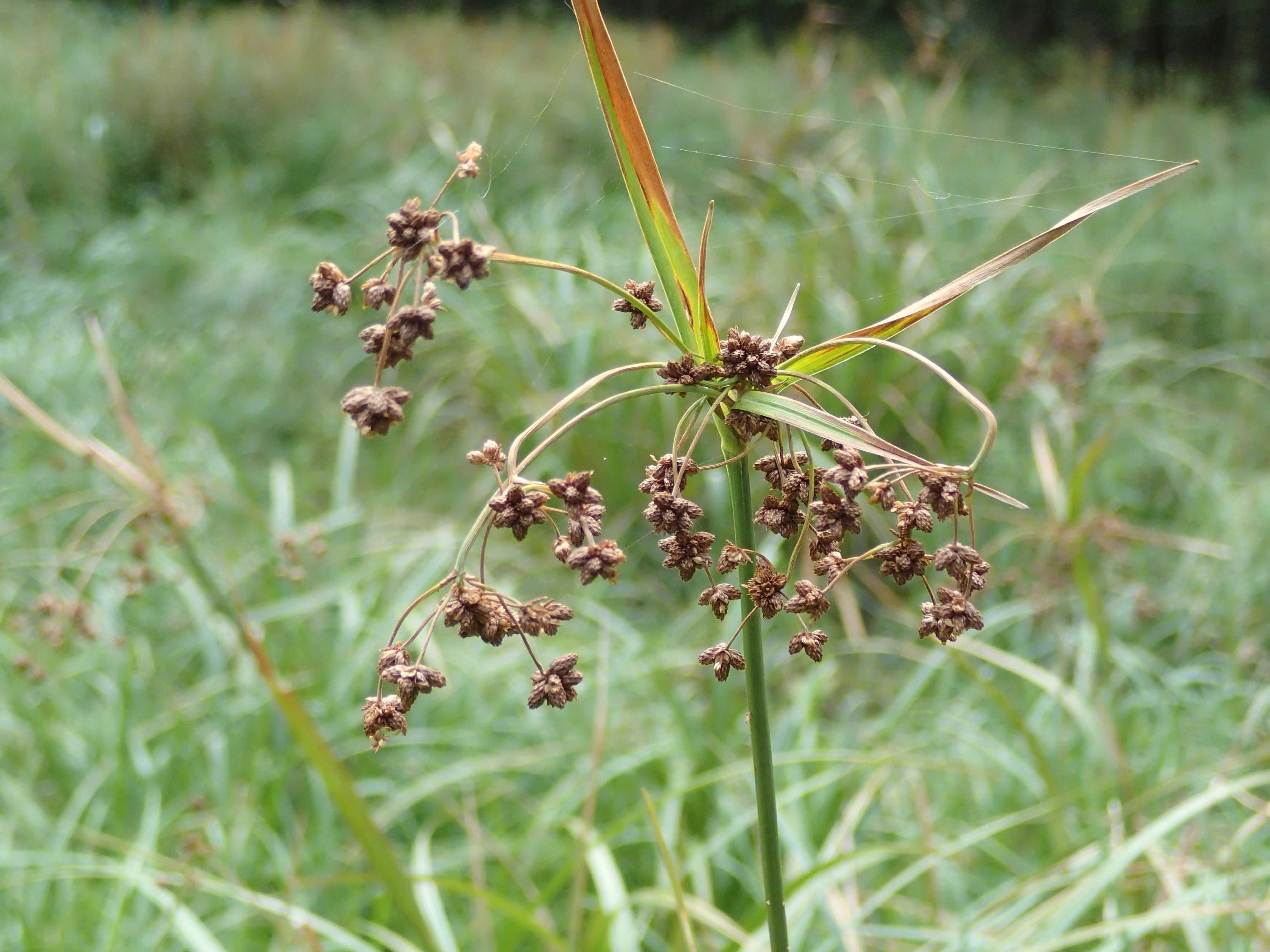Wetland plant once nearly extinct may have recovered enough to come off the endangered species list
The federal wildlife service is proposing that a wetland plant once in danger of going extinct be removed from the endangered species

Your support helps us to tell the story
From reproductive rights to climate change to Big Tech, The Independent is on the ground when the story is developing. Whether it's investigating the financials of Elon Musk's pro-Trump PAC or producing our latest documentary, 'The A Word', which shines a light on the American women fighting for reproductive rights, we know how important it is to parse out the facts from the messaging.
At such a critical moment in US history, we need reporters on the ground. Your donation allows us to keep sending journalists to speak to both sides of the story.
The Independent is trusted by Americans across the entire political spectrum. And unlike many other quality news outlets, we choose not to lock Americans out of our reporting and analysis with paywalls. We believe quality journalism should be available to everyone, paid for by those who can afford it.
Your support makes all the difference.The federal wildlife service on Tuesday proposed that a wetland plant once in danger of going extinct be taken off the endangered species list due to its successful recovery.
The U.S. Fish and Wildlife Service is asking that the northeastern bulrush be delisted. The plant is a leafy perennial herb with a cluster of flowers found in the Northeast from Vermont to Virginia. The federal service's proposal opens a 60 day comment period.
The plant was listed as endangered in 1991 when there were only 13 known populations left in seven states. It now has 148 populations in eight states, often in vernal pools, swamps and small wetlands.
“Our important partnerships with state agencies, conservation organizations and academic researchers have helped us better understand and conserve northeastern bulrush through long-term population monitoring, habitat conservation, and increased surveys in prime habitat areas,” said Wendi Weber, northeast regional director for the U.S. Fish and Wildlife Service.
Detailed surveys of the plant's unique behavior have aided the recovery effort. The bulrush can disappear for years and reemerge when conditions are right.
Several states also worked to reduce invasive species that encroach on wetlands and protect land where the bulrush is found. Vermont, for example, has purchased two parcels for the bulrush.
In 2014, a coalition of soil and water conservation groups and a wetlands organization launched a successful pilot program to establish a new northeastern bulrush population in New York.